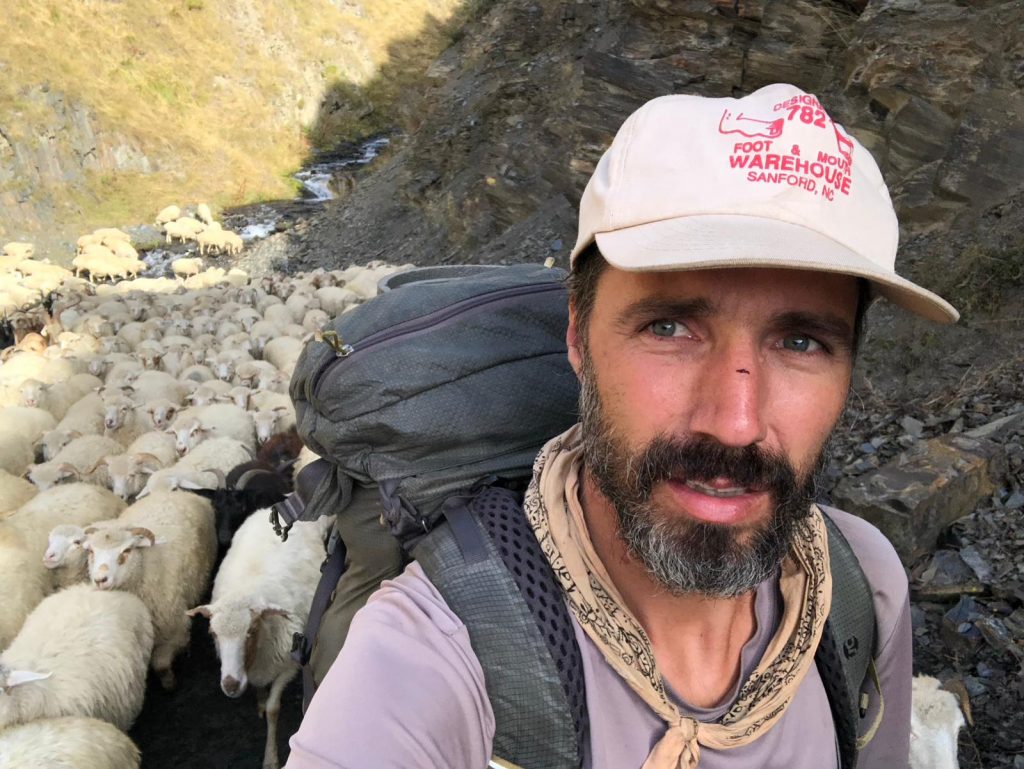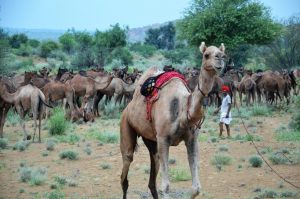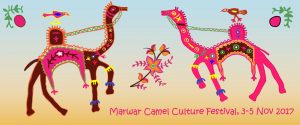 |
When Nancy Abeiderrahmane arrived in Mauritania in 1970, she was surprised to find that the country relied on imported milk products despite its large population of livestock. Realizing that dairying could make a big difference to the lives of people in this arid country in northwest Africa, the engineering graduate designed and built a small dairy plant in Nouakchott in 1989 to process camel milk. The Tiviski Dairy, of which she is CEO, now buys camel, cow and goat milk from over 1000 semi-nomadic families and processes them into a range of products including pasteurized milk, ice cream, yoghurt, lassi, butter, and camel milk cheese. The unique biochemistry of camel milk renders it difficult to process into products like cheese, so her efforts were path-breaking and an inspiration to others. Ms Abeiderrahmane is a recipient of the 1993 Rolex Award for Enterprise for her work in Mauritania. At a workshop organized by Lokhit Pashu-Palak Sansthan on The Camel in Rajasthan: From Heirloom to Unique Selling Point in April 2008, Ms Abeiderrahmane told the audience about the potential, problems and rewards of running a camel dairy in Mauritania. LPPS’s Namitha Dipak interviewed her about the Tiviski Dairy. Click here to read more (pdf file). |
Archive for April, 2008

Chattar Singh is a pioneer of marketing camel milk in Rajasthan |
Rajasthan’s Thar Desert is sitting upon a major unexploited treasure that is waiting to be mined. But unlike other resources, this treasure in India’s arid western state never needs to be depleted. At the international seminar, The Camel in Rajasthan: From Heirloom to Unique Selling Point, hosted by LPPS in Jaipur on 7-8 April 2008, camel expert Dr Uli Wernery from Dubai described camel milk as more valuable than oil. He emphasized the enormous health benefits of drinking camel milk – for which consumers in developed countries are ready to pay a premium – and predicted that in the event of global warming, cows may stop producing milk and camels become the only source of milk. Dr Wernery told of the thousand female camels that the ruler of Dubai has purchased to supply camel milk to supermarkets in the Emirates. The milk is so popular that it is difficult to keep the product on the shelves. That camel milk can provide good income to both camel breeders and entrepreneurs was testified by Nancy Abeiderahmane from Mauritania, a drought-stricken country in northwest Africa. Mauritania has many similarities to Rajasthan, but is much less developed. She described how she had started Africa’s first camel dairy with 200 litres of camel milk in 1989, and how her Tiviski Dairy now had a daily turnover of between 10,000 and 20,000 litres of milk, including from cows and goats. In Rajasthan, interest in camel milk as a marketable good has grown only slowly, although path-breaking research on the beneficial effects of camel milk on diabetes patients has been conducted by Dr RP Agrawal from the Medical College at Bikaner. In 2007, LPPS initiated the marketing of camel milk to diabetes patients in Jaisalmer, besides pioneering camel milk ice cream. And just a few weeks ago, the Rajasthan Cooperative Dairy Federation launched packaged camel milk, but presently the infrastructure, such as chilling tanks and pasteurizers, necessary for marketing camel milk on a larger scale and keeping up a regular supply are not yet in place. According to LPPS director, Hanwant Singh, there are 15,000 adult female camels in Jaisalmer district alone, but so far only one herd is milked, due to lack of collection, processing and marketing provisions. Setting up the dairying structures for camels would certainly contribute to stopping the major decline of Rajasthan’s camel population over the last decades. Such a move would benefit both camels and their keepers, according to Dr DK Sadana of the National Bureau of Animal Genetic Resources. Dr Sadana informed about global efforts led by FAO to save indigenous breeds through value addition and niche-marketing of their products. India is part of these efforts, he said. Tourism experts pointed out that visitors to Rajasthan are often more fascinated by a passing camel herd than by any of the famous forts and havelis. However, such sights are becoming increasingly rare as former camel grazing areas are appropriated for other uses by farmers, foresters, the army, urban sprawl, and even wind farms, as was narrated by the camel breeders who had turned out at the conference in large numbers. The participants of the conference strongly supported the establishment of camel sanctuaries at several locations in the state, in which camels would be assured of a place to graze on the indigenous drought-resistant vegetation. Another proposition that everybody agreed upon was to declare the camel as the state animal of Rajasthan – a move that would certainly generate much international attention and enhance Rajasthan’s reputation as a tourist destination. The enthusiasm of the participants of the conference for reviving the “ship of the desert” in a new economic avatar was palpable. However, camel breeders and entrepreneurs cannot do it on their own – they also need a supportive policy environment. If the Rajasthan government declare camel sanctuaries, it would not only strengthen the livelihoods of many rural poor in the Thar Desert. It would also contribute to implementing many environmental commitments, such as under the UN conventions on combating desertification and on biological diversity. |
 |
The Conference of Parties (COP 9) of the UN Convention on Biological Diversity will held in Bonn, Germany, from 19 to 23 May 2008. Article 10c of the Convention commits signatory countries to protect and encourage customary use of biological resources in accordance with traditional cultural practices that are compatible with conservation and sustainable use requirements. Many traditional pastoralist communities would qualify for support from their governments. Alas, in reality, they are generally ignored or scorned upon by policy makers. During the COP 9, the parties will discuss progress in the implementation of the convention. Three members of LPPS will use this opportunity to lobby for an official acknowledgment of the role of pastoralists in conserving various aspects of biodiversity, including those of domestic animals, certain wild plants and animals, as well as landscapes. LPPS and its German partner, the League for Pastoral Peoples and Endogenous Livestock Development, have gained allies among German shepherds who often get paid to graze their sheep on certain land, so maintaining the biodiversity there. Another strong supporter is the LIFE Network for community-based conservation of animal genetic resources. View the report on LPPS’s interaction with European pastoralists in September 2007. |




